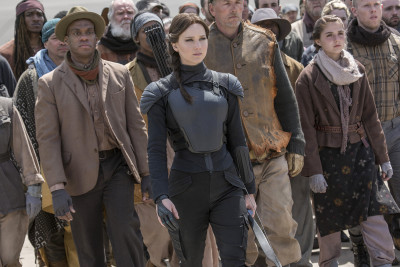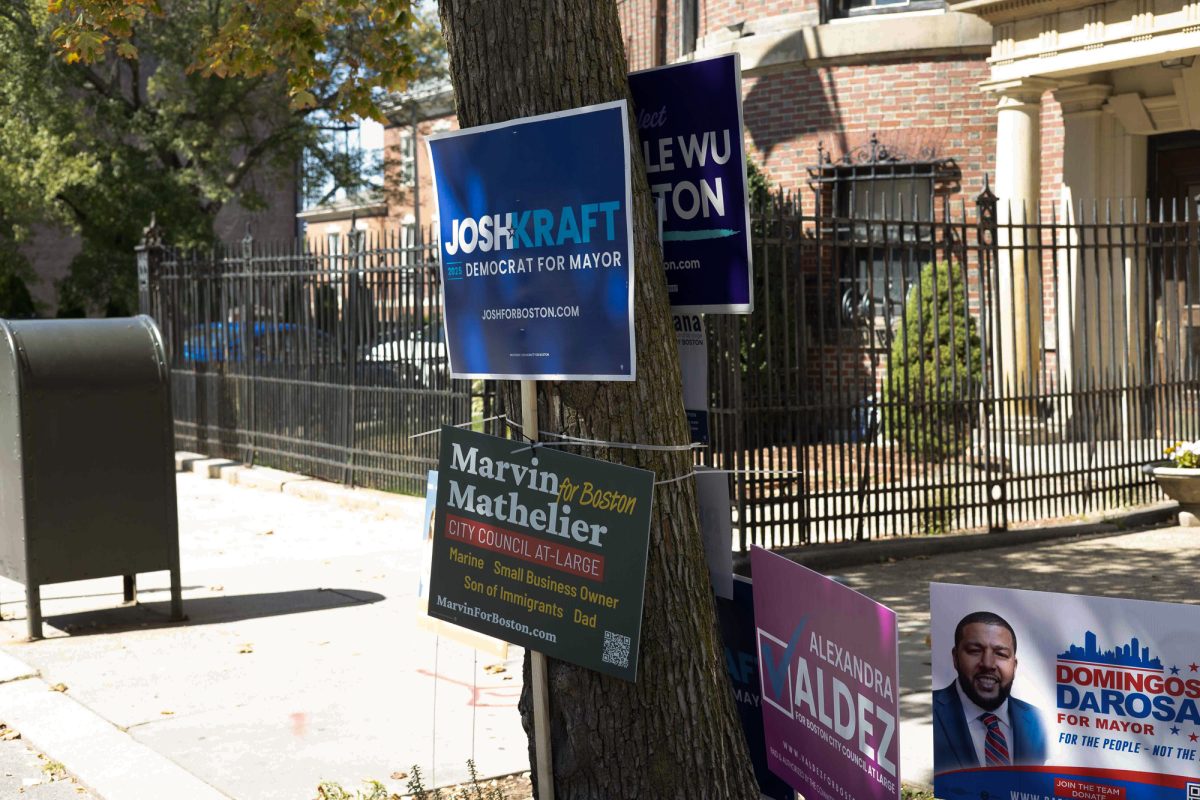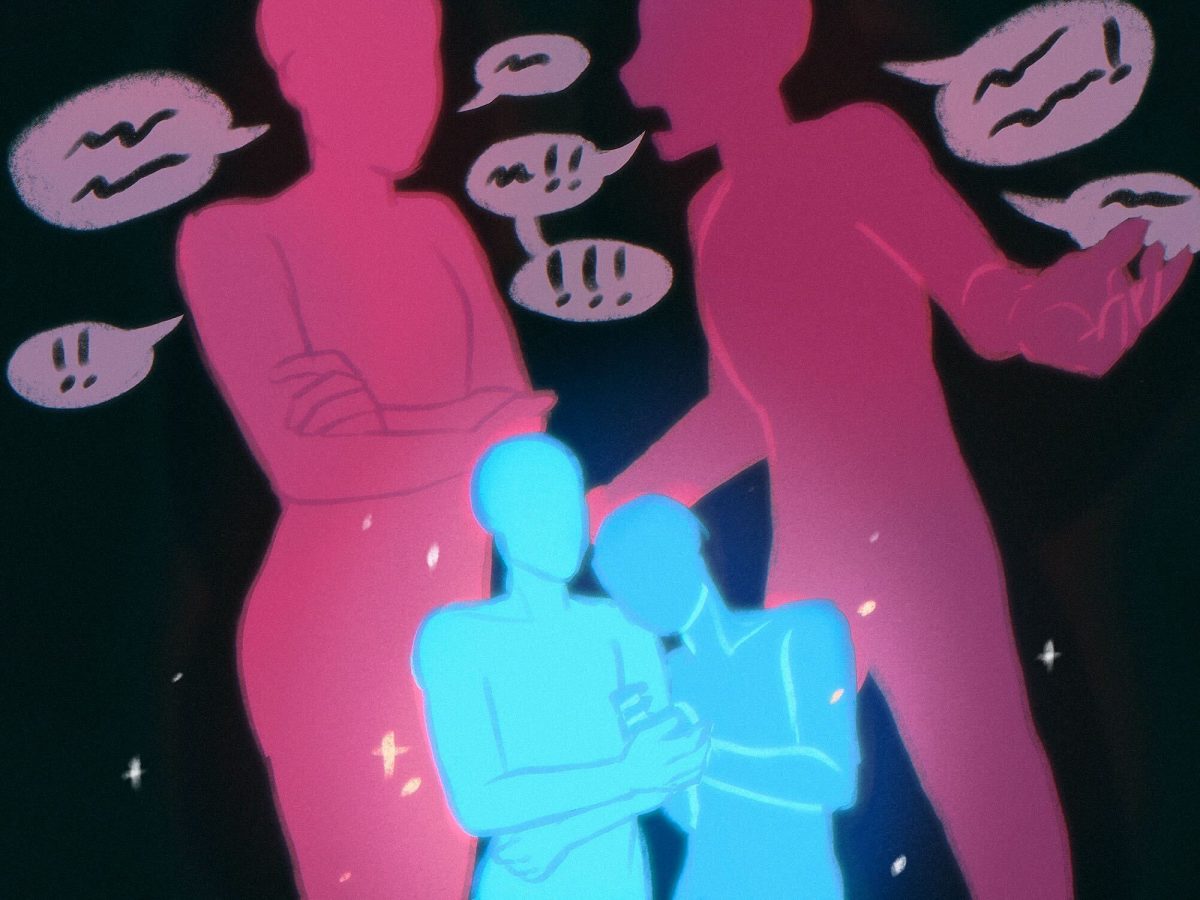
“The Hunger Games: Mockingjay – Part 2”, the final film installment based on Suzanne Collins’ novel trilogy, provides a tale at its peak. The film starts out perfectly aligned with where it left off a year ago. In a dystopian setting stricken with war and uprising, “Part 1” perfectly provided context and plot speed needed to set off the blast that is “Part 2.”
It is difficult to create a movie that allows viewers to keep up while telling such a complex story with so many facets, key players, twists and turns. The film successfully hits each plot point hard, swiftly creating emotional hits and shocks even for those that have read the book.
Though there are some unnaturally quiet scenes, there are many points in the movie that spike the tone up to jaw-dropping intensity.
The fast-paced style of the plot and the camerawork makes it hard to see everything that was happening, but this felt intentional and worked well contextually. The film keeps the audience’s attention by making it impossible to look away from without missing something.
The dropping of various plot-bombs and the placement of terrifying obstacles and enemies create powerful, almost overwhelming moments. These moments serve as entertaining attacks on the protagonists as they embark on their potential suicide mission to assassinate their tyrannical leader, President Snow.
Both Jennifer Lawrence and Josh Hutcherson returned with their A-game, delivering their best performances of the whole series.
Hutcherson opens the film as a brainwashed Peeta Mellark, a role he delivers well with rabid, wild eyes and spit going everywhere. He delivers his angry, paranoid lines as a stark contrast to the soft and kind Peeta from the previous films.
Lawrence superbly ends her role as Katniss Everdeen, now the roguish and disgruntled face of the rebellion. Her entire performance is chilling, with eyes almost empty of emotion that capture the sadness Katniss is suppressing after all she has been through.
The audience can see the emotion overwhelm her as she makes her way through one devastating disaster after another. When she finally lets the emotion overcome her, she cracks in a memorable way. The blow of her meltdown is heart-wrenching.
Other standout actors included Jena Malone as the snarky, biting Johanna Mason, who was deeply missed in “Mockingjay – Part 1”. Julianne Moore, the paranoid and power-hungry President Alma Coin, also stood out, as well as, of course, Donald Sutherland as the continuously smug and wicked President Snow.
The film features a gorgeous contrast of settings. There’s the minimalist District 13, the bleak districts and decaying buildings covered in rubble, and the lavish, bursting colors of the Capitol.
Each setting provides something new and adds to the plot to show just how separated each part of Panem really is. Each setting is set up perfectly and creates a world that the audience can immerse themselves in.
The cinematography is unsettling in a great way — the camera work is shaky, especially during the action scenes. Like the previous films in the series, the camera work injects the audience into the scene, making them feel like they’re running, hiding and chasing along with their favorite characters.
Claustrophobic settings and camera angles add to the underlying anxious tone of the film along with the soundtrack, which rises and falls perfectly with every scene.
The film is an ending that has come full circle. Katniss’ entire world has become a game, and she’s finally determined to win for good. Nearly every scene incorporates motifs from the other films such as fire, arrows and white roses, and has them play a central role that doesn’t feel overly clichéd.
The plot doesn’t shy away from major character death, and grief pulsates in waves as the film comes to a close. The movie addresses the casualties of war, but also the need for Katniss to keep moving forward and finish what she’s started, no matter who she loses in the process.
“Mockingjay – Part 2” provides a literally explosive end to a turmoil-filled epic. It brings a heroic close to a story that allows the audience to question humanity’s ability to allow such unjust violence in the name of protecting a barbaric leader’s power trip.
When all is said and done, however, the final moments themselves are quite peaceful. It’s like letting out a long sigh after holding your breath, softening the emotional blow of all that the characters and the audience have endured.



















































































































